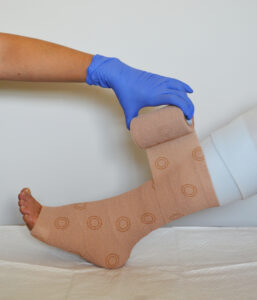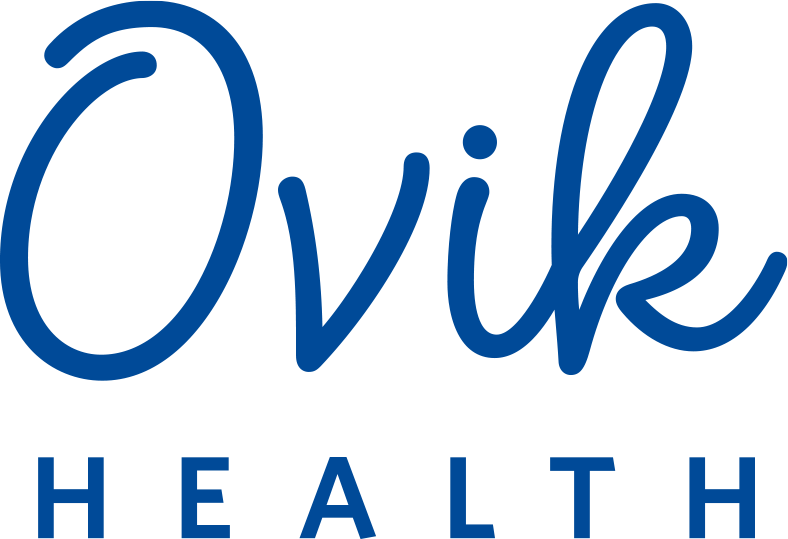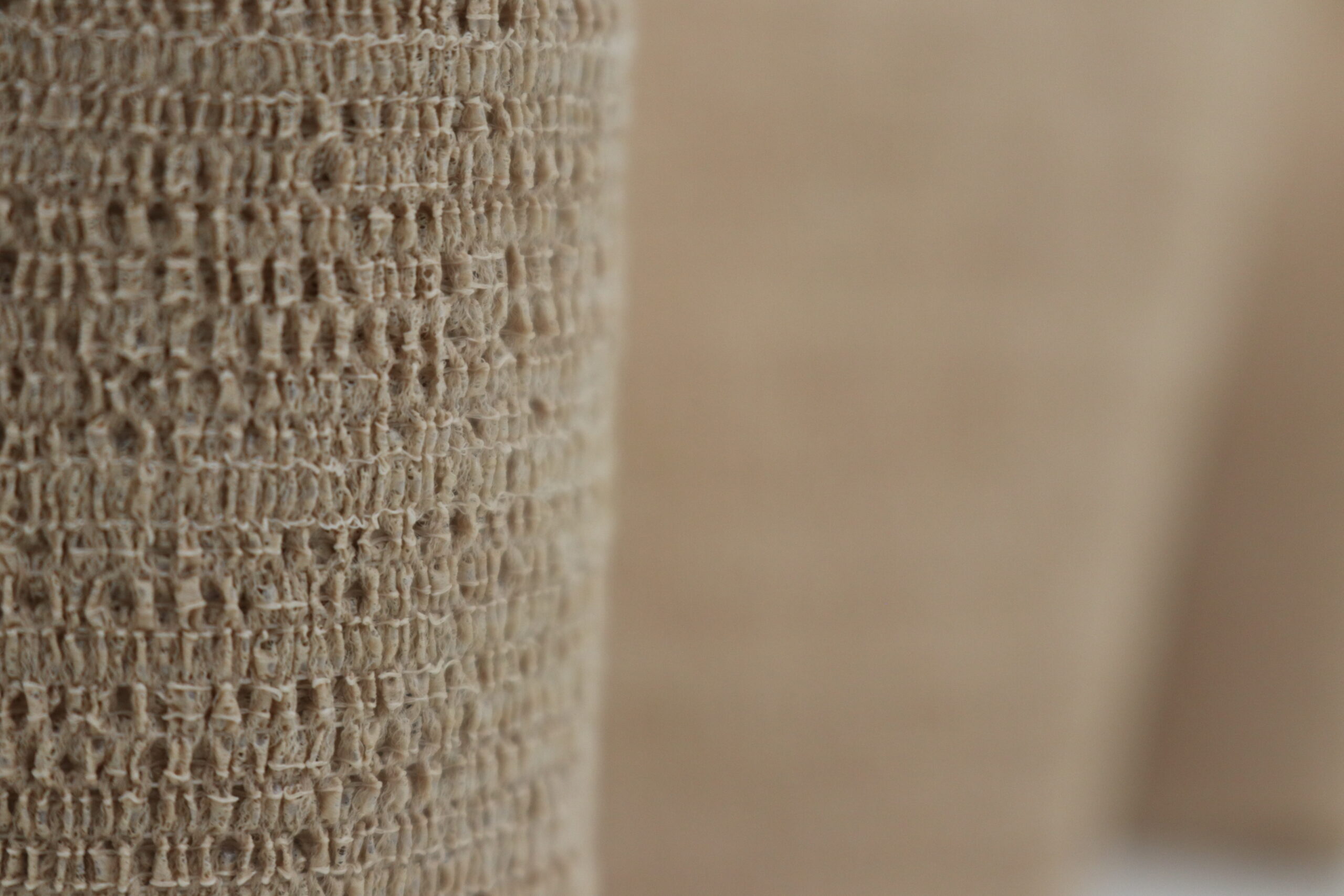Did you know that compression therapy can significantly reduce post-surgery swelling and speed up recovery? Compression therapy enhances circulation, reduces swelling, and accelerates recovery. This treatment uses specialized products to apply controlled pressure, supporting blood flow and aiding tissue healing. Whether you’re exploring what compression therapy does or seeking to understand its overall benefits, this guide will help you navigate its various applications and advantages.
What are the types of compression therapy?
Compression therapy comes in two forms to meet specific health needs: static compression and dynamic compression. These different forms of compression therapy are designed to address specific needs and conditions to improve overall recovery. Each type varies in the application, pressure levels, and intended use, ensuring individuals receive the most effective treatment.
Static Compression Therapy
Static compression therapy maintains a constant pressure over a specific area without cyclic changes and has graduated compression characteristics, reducing edema by preventing fluid accumulation and supporting lymphatic drainage. This is beneficial for localized swelling, and when continuous compression supports tissue recovery.
OVIK Health’s Multi-Layer static compression wraps offer targeted relief for specific areas.
Static Compression Types include:
- Multi-Layer Compression (2-, 3-, and 4-Layer)
- Short Stretch Bandages (high compression, inelastic)
- Long Stretch Bandages (high compression, elastic)
- Hosiery
These are also referred to as wraps and bandages, providing versatile options for managing various conditions requiring consistent compression .
Multi-Layer Compression
Multi-layer compression is 2-, 3-, or 4-layer compression therapy designed to provide comfort and healing while compressing. The base layer is often designed to provide comfort and padding while the additional follow up layer(s) provide conformability and compression. The base layer may have properties such as odor control, itch control, and skin soothing. The compression layer(s) may have visual indicators to help guide intended compression levels.
OVIK Health’s CoFlex TLC (Two-Layer Compression) kits offers options such as
long stretch for limited mobility,
calamine or
zinc-infused for skin soothing, and
short stretch with odor and itch control properties. These all-in-one kits also come with a nylon stocking for added support.

Dynamic Compression Therapy
Dynamic compression therapy employs adjustable, movement-responsive compression that adapts to the user’s activity. This method offers variable pressure that changes with the intensity of movement and graduated compression properties, making it ideal for athletes and active individuals who need support both during exercise and recovery.
Dynamic Compression Types include:
- Pumps and Sleeves (e.g., Intermittent Pneumatic Compression, also known as Lymphedema Pumps)
- DVT/PE Pumps
These devices provide versatile and responsive support, enhancing circulation and aiding in the prevention and management of conditions such as lymphedema, deep vein thrombosis (DVT), and pulmonary embolism (PE).
Intermittent Pneumatic Compression
Intermittent pneumatic compression uses inflatable sleeves attached to an air pump that cyclically inflates and deflates, mimicking the natural muscle pump action and stimulating blood circulation. It’s especially useful in reducing the risk of
deep vein thrombosis (DVT) and is commonly employed in post-surgical recovery or for bedridden patients.
Graduated Compression
Graduated compression therapy applies the highest pressure at the ankle, decreasing in pressure as you move inwards towards the thigh. This crucial design promotes venous return, forcing blood upward against gravity, managing chronic venous insufficiency (CVI), reducing pain, and swelling. Graduated compression therapy can be found in either Static and/or Dynamic Compression products. OVIK Health’s
Multi-Layer Compression product characteristics and application technique provide graduated compression and are designed for optimal comfort and effectiveness.
What are the benefits of compression therapy?
Compression therapy offers vital benefits such as improved circulation, reduced swelling, and faster recovery. When applied correctly, it supports overall vascular health and accelerates healing, making it an essential treatment option for various conditions.
Key Indications
Compression therapy is especially beneficial for patients with chronic venous insufficiency, lymphedema, and those recovering from surgery. It alleviates pain, reduces swelling, and enhances blood flow to support efficient healing.
When to Use Compression Therapy for Best Results
The effectiveness of compression therapy depends on its application. Applying it immediately after surgery reduces post-operative swelling and discomfort. For chronic conditions, such as Chronic Venous Insufficiency (CVI), a consistent daily schedule helps maintain optimal pressure. Compression can also be used during long periods of inactivity to reduce the risk of deep vein thrombosis. Post-injury compression could control inflammation and expedite recovery.
Preventative and Rehabilitative Uses
Compression therapy is valuable not only as a treatment but also as a preventative measure. It can be used during long periods of inactivity, such as on long flights or extended desk work, to reduce the risk of deep vein thrombosis and other circulatory issues. Post-injury applications help control inflammation and expedite recovery by providing steady, consistent support that promotes tissue repair and reduces the chance of further complications.
How often should you use compression therapy?
The frequency of compression therapy is essential to achieve its lasting benefits. This section discusses how often the therapy should be applied to ensure optimal results and maintain steady compression benefits.
Frequency Guidelines
The frequency of use depends on the condition. Acute issues, such as post-surgical swelling, may require multiple sessions per day. Chronic conditions, on the other hand, might not need daily attention; for instance, Multi-Layer Compression is often indicated for up to 7-day wear time. Following a consistent schedule is crucial.
Duration of Treatment
The duration of each compression session can also impact the overall benefits. For Dynamic Compression, like Intermittent Pneumatic Compression, sessions might last anywhere from 30 minutes to several hours. For Static Compression, the duration varies widely; for instance, Multi-Layer Compression products are often worn for up to 7 days. Balancing the session length with patient comfort is key to ensuring sustained benefits without causing undue strain.
Factors Influencing Usage
Factors such as the type of compression product, the individual’s health status, and the specific therapeutic goals influence how often compression therapy should be used. Personalized treatment plans, often developed in consultation with healthcare professionals, ensure that the therapy is both effective and tolerable, maximizing the overall benefits.
Exploring Leg Compression (Lower Extremity) Benefits
Leg compression therapy offers significant benefits for improving circulation, reducing swelling, and enhancing recovery times. It is commonly used to alleviate pain and promote vascular health in individuals facing various circulatory challenges. This section explores the key applications, target populations, and safety considerations for leg compression therapy.
Key Applications for Leg Compression
Leg compression therapy is widely used for promoting circulation and reducing swelling in various scenarios. It can be applied during long flights to prevent deep vein thrombosis, used in post-operative recovery to minimize swelling, or incorporated into athletic routines to speed up muscle recovery. Consistent use of these applications helps improve blood flow and supports vascular health.
Specific Conditions Benefiting from Leg Compression
Leg compression is highly beneficial for managing conditions like varicose veins, chronic venous insufficiency, and lymphedema. It is also used to prevent blood clots in individuals at risk of deep vein thrombosis. By applying targeted pressure to the legs, compression therapy helps alleviate discomfort, reduce swelling, and promote overall circulation.
Safety Considerations and Best Practices
While leg compression therapy is beneficial for most individuals, certain groups should approach it with caution. Those with severe arterial disease, open wounds, or specific skin conditions should consult a healthcare professional before using compression products.
The Science Behind Compression Therapy: What Does Compression Therapy Do?
Understanding the science behind compression therapy is key to appreciating its benefits. This section explores the physiological mechanisms, supporting research, and technological advancements that explain what compression therapy does for the body.
Physiological Mechanisms
Compression therapy works by applying external pressure to the limbs, which reduces the diameter of veins to improve recirculation and blood flow. This enhances venous return and decreases venous pressure, thereby reducing edema. Additionally, the applied pressure helps prevent capillary leakage and supports overall vascular health.
Research Evidence
Numerous studies have validated the effectiveness of compression therapy in managing venous disorders and accelerating recovery. Research demonstrates that regular use can significantly decrease swelling and pain while improving tissue oxygenation. These findings underpin the credibility of compression therapy as the gold standard for chronic venous insufficiency.
Technological Innovations
Advances in wearable technology and material science have led to more effective and comfortable compression. Modern compression products now offer adjustable pressure settings, improved breathability, and integration with digital health monitoring, making the therapy more adaptable to individual needs.
Maximizing Benefits of Compression Therapy
To get the most out of compression therapy, it’s important to use it the right way. Wearing compression properly can improve circulation, reduce swelling, and help with faster recovery. Finding the right fit, using the right pressure, and making it a part of your routine can make a big difference. Whether you’re recovering from an injury or looking to prevent future issues, small adjustments in how you use compression therapy can lead to better long-term results.
Proper Application Techniques
Correctly applying compression is crucial to achieve uniform pressure distribution. Users should follow manufacturer guidelines for sizing and wearing techniques to avoid constriction while ensuring effective compression. Proper application is the first step in maximizing therapy benefits, and the best application is done by a trained healthcare professional, especially in the case of advanced compression offerings.
Maintenance and Usage Tips
Regular cleaning and routine inspection of reusable compression devices, like compression garments, are vital for maintaining their performance. Users should replace worn-out garments and adjust the duration and frequency of use based on their individual response. It’s important to note that some compression products, such as Multi-Layer Compression, are designed for one-time use and should be used according to the manufacturer’s product information. Proper maintenance of reusable devices ensures they continue to provide consistent therapeutic benefits over time.
Expert Recommendations
Healthcare professionals advise initiating compression therapy under clinical supervision to determine the optimal pressure and treatment schedule. As patients progress, adjustments may be necessary to align with their recovery. Combining compression with complementary treatments, such as exercise and dietary adjustments, can further enhance its effectiveness.
Understanding Compression Benefits for Circulation and Recovery
Compression therapy offers numerous benefits, from improving blood circulation to reducing swelling and promoting faster recovery. Whether used for medical conditions, athletic recovery, or everyday wellness, compression benefits play a crucial role in enhancing overall vascular health. Below, we explore its key advantages, best applications, and essential considerations.
How Compression Benefits Circulation?
Compression therapy helps improve circulation by applying controlled pressure to the limbs, encouraging blood flow back to the heart. This process reduces the risk of blood pooling, prevents clot formation, and alleviates discomfort caused by poor circulation.
Enhancing Recovery and Reducing Swelling
One of the primary compression benefits is its ability to reduce swelling and inflammation, particularly after surgery, injury, or strenuous physical activity. By limiting fluid buildup in tissues, compression aids in faster healing and reduces discomfort.
Everyday Uses for Compression Therapy
Compression therapy is not just for athletes or medical patients; they also benefit frequent travelers, office workers, and individuals who stand for long periods. Wearing compression socks or sleeves daily can help prevent leg fatigue and promote better circulation.
Conclusion
Compression therapy is a simple yet effective method for improving circulation, reducing swelling, and supporting recovery. Whether used for medical treatment, post-workout recovery, or general wellness, it offers a wide range of benefits for people of all lifestyles. With advancements in technology, compression therapy continues to evolve, providing more comfort and effectiveness. For more information or expert guidance on finding the right compression solutions, feel free to
contact us.
Frequently Asked Questions
What is the recommended daily duration for wearing compression garments?
Most people benefit from wearing compression garments for 6 to 8 hours a day, depending on their condition. Those recovering from surgery or managing chronic venous issues may need longer wear. It’s best to follow medical advice for optimal results.
Can compression therapy help with muscle soreness after exercise?
Yes, compression therapy enhances circulation, reduces inflammation, and helps flush out lactic acid, aiding muscle recovery. Many athletes use compression sleeves or socks to minimize soreness and improve performance.
Is compression therapy safe for everyone?
While generally safe, compression therapy may not be suitable for those with arterial disease, open wounds, or circulation issues. People with diabetes or DVT should consult a doctor before use to ensure proper fit and pressure.
Can I wear compression socks while sleeping?
Unless prescribed by a doctor, wearing compression socks overnight isn’t recommended, as it may restrict circulation. However, for certain medical conditions, nighttime use may be advised under medical supervision.
How is Multi-Layer Compression different and when should it be used?
Multi-Layer Compression is designed for extended wear, often up to 7 days, and is typically used in more severe cases, such as managing chronic wounds or significant swelling. Unlike reusable compression garments, Multi-Layer Compression is often intended for single use and should be applied according to the manufacturer’s instructions and under medical supervision. This method provides consistent pressure and helps with the healing process over a longer duration.




